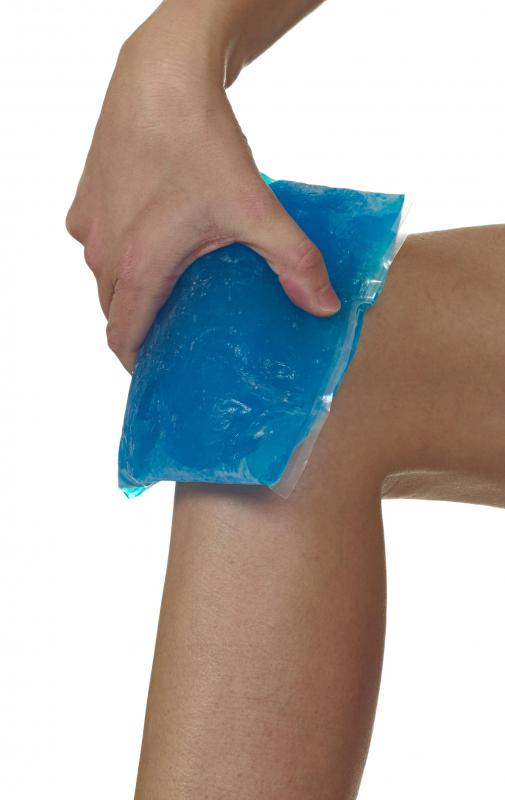At TheHealthBoard, we're committed to delivering accurate, trustworthy information. Our expert-authored content is rigorously fact-checked and sourced from credible authorities. Discover how we uphold the highest standards in providing you with reliable knowledge.
What is a Meniscectomy?
Meniscectomy surgery is a procedure carried out on a knee which has sustained an injury called a medial or lateral meniscus tear. The meniscus is a crescent-shaped piece of cartilage structure which helps cushion the knee joint and absorb shock; there are two of these structures in each knee joint. Damage to the meniscus causes pain, inflammation, and reduced mobility.
Treatment for a torn meniscus may include rest, ice or heat treatment, elevation, pain or anti-inflammatory medication, and physical therapy. When the outer edge of the meniscus is torn, the damage will usually heal with rest and therapy. If the damage extends to the inner portion of the meniscus, surgery is likely to be needed.

Before the procedure is carried out, a patient is evaluated to determine whether surgery is necessary. The patient’s age, activity level, and fitness are taken into account, as well as the location of the meniscus tear and the extent of the damage. His or her preferences are also taken into account, as recovery times and possible results of different types of meniscectomy surgery may vary.

Whenever possible, the meniscectomy procedure is carried out using arthroscopic techniques. In this type of surgery, two or three tiny incisions are made in the skin around the knee joint. Through these small holes, surgical instruments are inserted, along with a tiny camera equipped with a light. The camera transmits images to a screen, which allows the surgeon to view the interior of the knee during the procedure. This type of surgery is preferred over an open technique because it is a less invasive operation with a faster recovery time.

A person undergoing this procedure may receive a partial or total meniscectomy, depending on the extent of the injury he or she has sustained. In a partial procedure, the intent is to preserve the meniscus, removing as little of the cartilage as possible. Damaged tissue is removed, and the edges of the meniscus are smoothed. When the procedure is a full meniscectomy, the entire damaged meniscus is removed. Complete removal is only carried out when absolutely necessary, as the knee joint is less able to bear weight if the entire meniscus is removed.

Recovery time for the procedure depends on the extent of the injury, whether surgery was open or arthroscopic, full or partial, and the age and activity level of the patient. Generally, a patient can walk within two or three days or surgery, and will fully recover in approximately four weeks. He or she can do physical therapy exercises at home to speed up recovery time and improve the knee’s strength and range of motion.
AS FEATURED ON:
AS FEATURED ON:















Discuss this Article
Post your comments